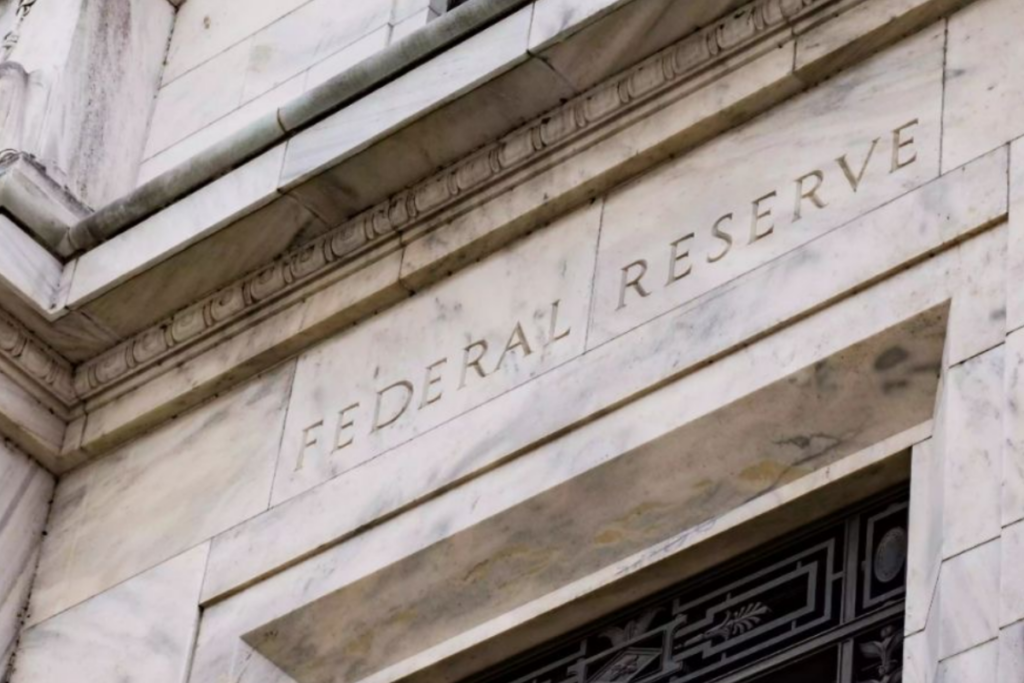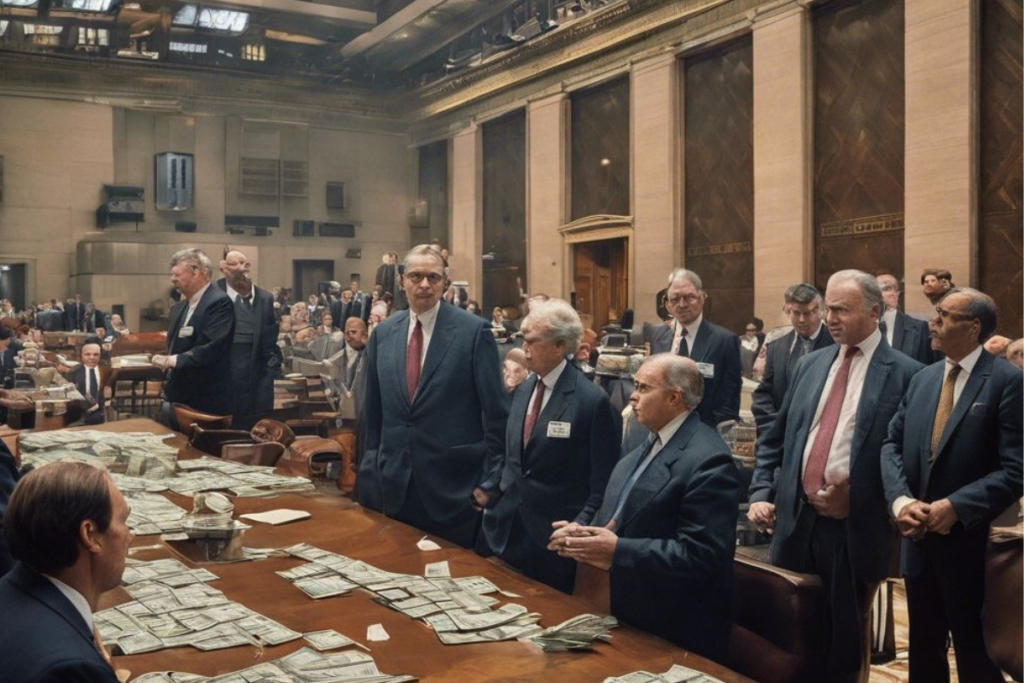According to one economist, if the Fed cuts interest rates too much this month, it could cause economic problems. A move like that could send the wrong message to financial markets, suggesting that a recession is near.
Policymakers to Lower Interest Rates
Policymakers at the Federal Reserve, the US central bank, are expected to start lowering interest rates. However, there’s a question: when will the Fed cut interest rates? There is no answer to that yet. We only know they are expected to cut interest rates when they meet on September 17-18, 2024.
Aside from interest rate cuts by the Fed, many also wonder if banks will lower interest rates after the Fed’s interest rate cuts. Banks will lower borrowing rates for both individuals and businesses. However, investors are watching closely to see how much cut the Feds will make.

In an interview, George Lagarias, an economist at Forvis Mazars, mentioned that although it is hard to guarantee how much the central bank will cut rates at the forthcoming meeting, he thinks a smaller reduction, like a quarter-point, is better.
Lagarias believes that a bigger reduction of the interest rates, like half a point, could worry the financial markets unnecessarily and create a sense of panic. In his words, “I do not see the urgency for the 50 (basis point) cut.”
“The 50 (basis point) cut might send the wrong message to the market and the economy. It might be a message of urgency that could be a self-fulfilling prophecy. So it could be very dangerous if they went there without a specific reason,” Lagarias said. ”Unless there is a clear problem or something that troubles the markets, there is no reason for the drastic cut.”
ALSO READ: Philadelphia Fed President Harker Calls for Federal Interest Rate Cut in September
How Significant Will the Upcoming Fed Rate Cut Be?
Experts have said that the most likely outcome of the Fed’s next meeting will lower the rate by 0.25% or by a 25 basis point rate cut. However, recent information about the economy makes some people think that the Fed could lower it even more.
Also, a report recently showed that the number of job openings in the US fell to its lowest level in 3½ years. This level fell to its lowest in July, and it shows that the labor market is not as strong as it used to be.

The Fed has a key interest rate that influences many other rates that people pay when borrowing money. As of now, this rate is between 5.25% and 5.5%. Last Wednesday, Raphael Bostic, the president of the Federal Reserve Bank in Atlanta said he is ready for the Fed to start cutting the interest rate.
His comments came just before what is expected to be a highly influential nonfarm payroll report, which could affect what the Fed decides to do. Many market participants strongly believe that the Federal Reserve will lower rates at its next meeting.
After the new report from the Job Openings and Labor Turnover Survey, or JOLTS, there are now more bets that the Fed will cut interest rate by 0.50%. According to the CME Group’s FedWatch Tool, there is about a 59% chance of a 0.25 rate cut. There is also a 41% chance of a 0.50% Fed interest rate cut in September.
ALSO READ: Predicted Fed Interest Cuts May Make Traveling Abroad More Expensive for Americans
Fresh Batch of Economic Data
Before the next monthly job reports will come out, investors will look at the new economic data a day before. These reports will include ADP employment numbers for August. It will also include the number of people who recently filed for unemployment and how the service industry performed in August. ADP will get this information from the Institute for Supply Management.

During an interview, George Lagarias said that even though the economy is slowing down, it is not close to a recession. He also believes the job market is not shrinking because of less demand for workers. Instead, he thinks the problem is because there are more people looking for jobs.
“I understand that there is a tick down in the labor markets. Although some of it has to do with an increase in supply, it mostly has a lot to do with the increase in supply rather than the decrease in demand,” Lagarias said.
Lagarias made more statements during his interview. He said, “We can see that there are a few US jobs, and the manufacturing sector is also slowing down, but we and everybody else were expecting this slowdown. I believe there is no proof of a recession, and I do not think the Fed is going to move very aggressively.”
Lagarias is not the only one saying that the Federal Reserve should not make decisions. Mohit Kumar, the chief financial economist for Europe at Jeffries, also said something similar in an interview. He said that the Fed does not need to make a big interest rate cut at the next meeting in September.
You Might Also Like:
Chase Bank Acknowledges Viral ‘Glitch’ Encouraging Check Fraud Attempts
Verizon Acquires Frontier Communications in $20 Billion Deal to Expand U.S. Fiber Network
It’s Official: The 500-Mile Electric Car Is Here
Mortgage Refinance Demand Soars 94% Year-Over-Year as Interest Rates Drop Again

